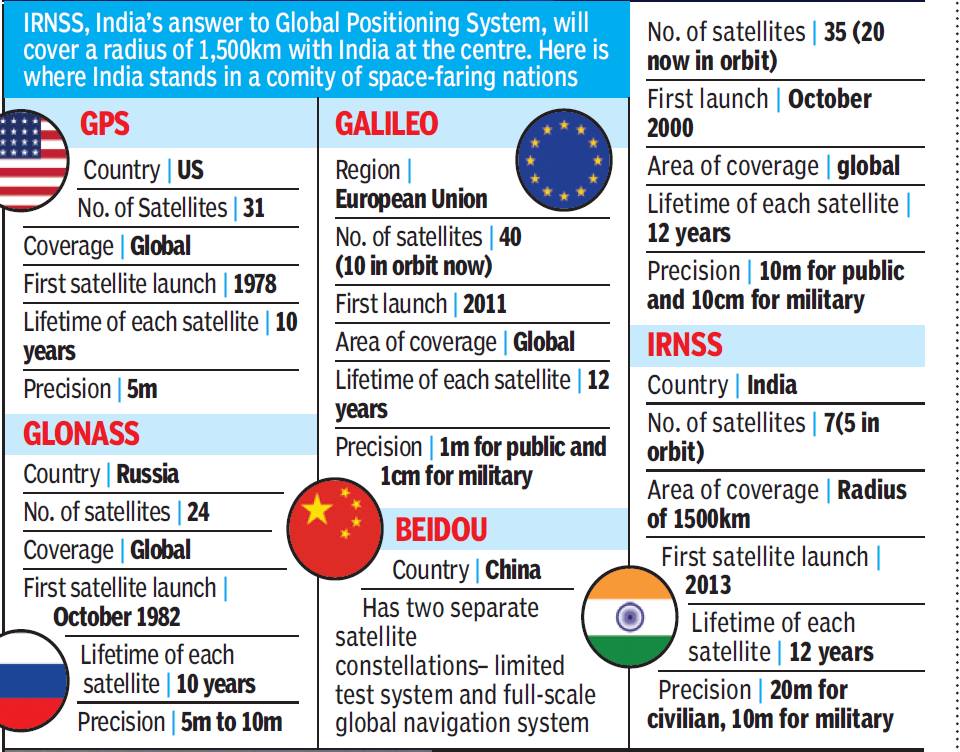Index of Economic Freedom
Mahatma Phule
Rare sculpture of Rudrama Devi’s ‘last battle’ discovered
Guidance to increase support for breastfeeding
Green Trains for Green India
Indian Regional Navigation Satellite System 1I

Map of the Day
India Tiger Reserves
Source: PIB, The Hindu, Business standard
Umed Yadav 8 years
In IRNSS Section
In the question it is mentioned that out of 7 satellites A, B, F, G will be in geosynchronous and C, D, E will be in geostationary orbit.
But I checked on Wikipedia and found the following information regarding orbits:
IRNSS 1A- Geosynchronous
IRNSS 1B- Geosynchronous
IRNSS 1C- Geostationary
IRNSS 1D- Geosynchronous
IRNSS 1E- Geosynchronous
IRNSS 1F- Sub-geosynchronous Transfer Orbit (Geostationary)
IRNSS 1G- Geosynchronous
IRNSS 1H- Geosynchronous
IRNSS 1I- Geosynchronous
Plz reply with the correct info.
Ashwani Kumar 8 years
In the IRNSS Section,
(1) In the Image, lifespan of each satellite is mentioned as of 12 Years but below in the description it is written as 10 years.
(2) In the same image it is written that total satellites are 7 while 5 are in orbit, but actually all 7 are in orbit (B,C,D,E,F,G,I).
Plz reply with the correct info.
Thankyou